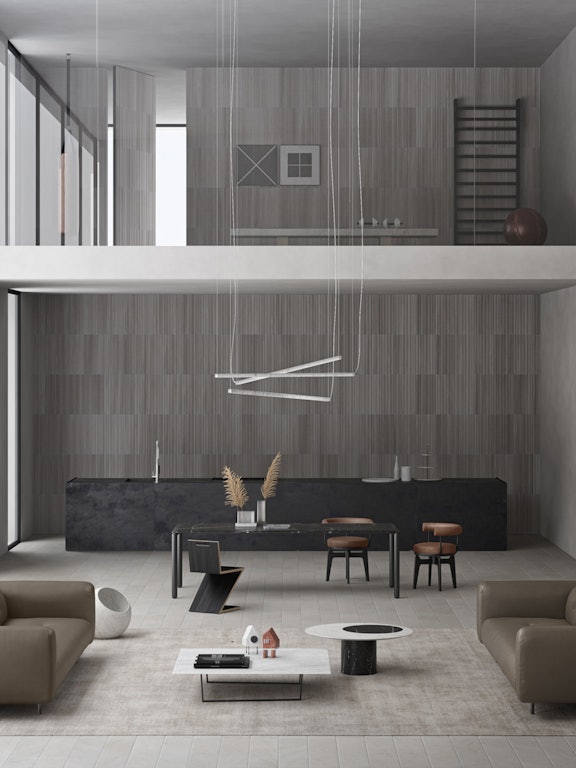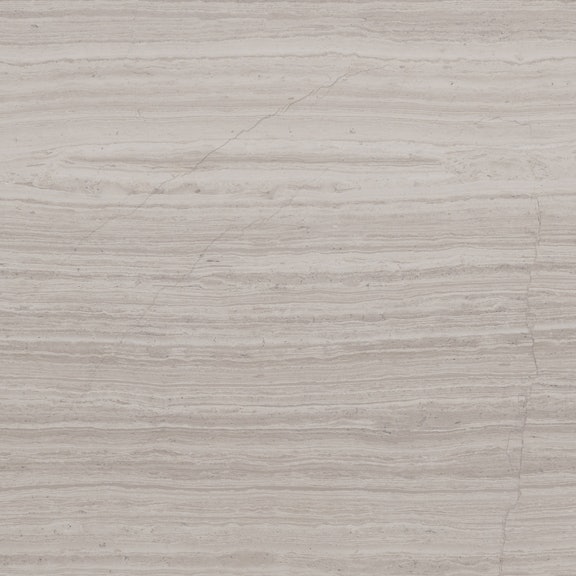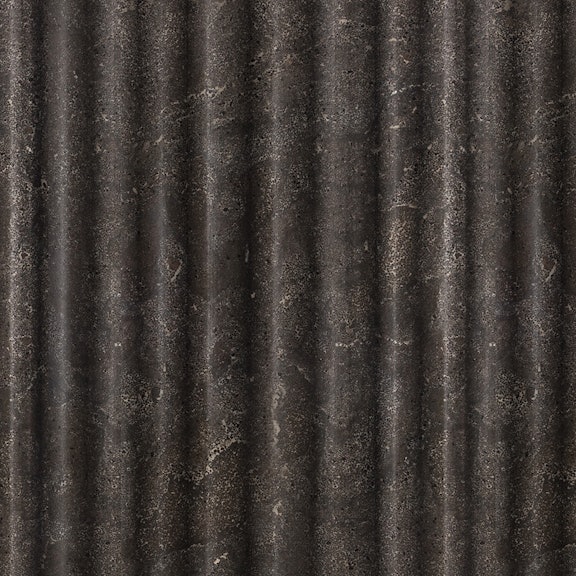Tips for checking stone tiles when they arrive at a worksite
03.2022
Learn the best tips for checking stone tiles when they arrive at a worksite and boost you business
Your client has spent hours, maybe even weeks, looking through magazines, Pinterest, Instagram and websites to find the perfect tiles for their new home, or maybe a kitchen or bathroom makeover. The painstaking research has been done, the material has been ordered and has finally arrived on site. There is now one small, but important step before you, the trusted tradesperson, starts laying them, and unfortunately it is one that is all too often skipped**: the tiles’ check**.
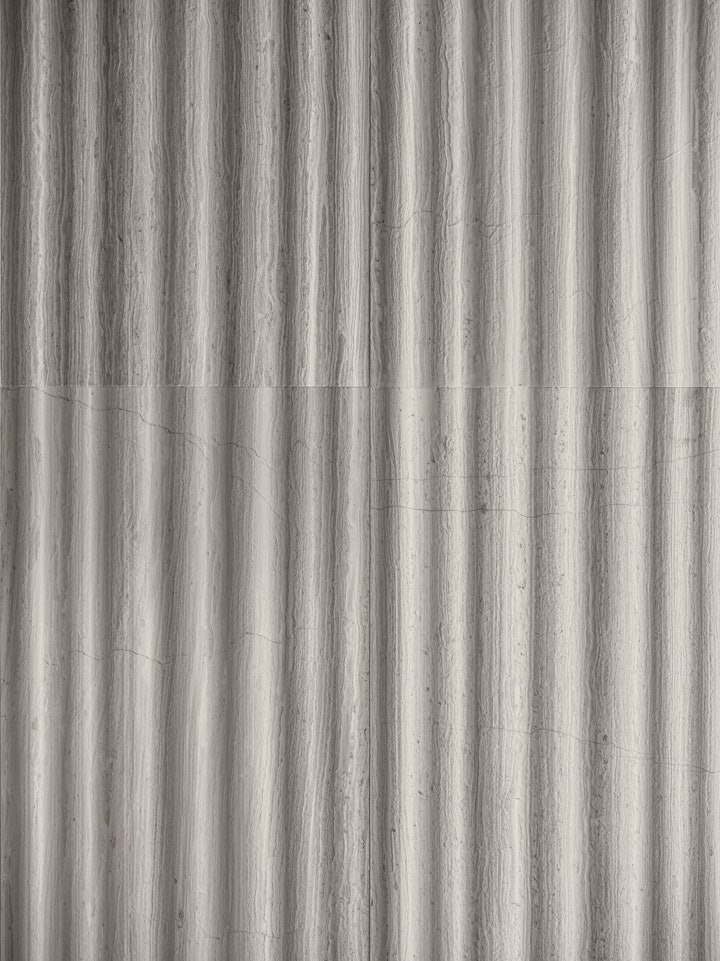
How stone tiles are packaged
Before we talk about how to open up the tiles, we wanted to first explain how we package them as this may be helpful in understanding the importance of steps such as drying them.
Firstly, we place substantial attention on sorting the tiles by colour, grouping them in such a way that a crate contains material of a similar shade. This means that the end result, once they are laid, will be as uniform as possible, rather than having dramatic variations in tone. Natural stone is, by its very nature, unique, with no two blocks or slabs being identical. Every stone taken from the same quarry can vary in shade and this is why we select the tiles we send with care, seeking to create a coherent look across colour and veining.
As the tiles come off our machines, every single one is checked by hand, colour graded and placed in packaging which differs depending on the size and type of tile. Stone is, of course, a tough material once installed, but transporting thin tiles around the world calls for appropriate protection.
As such, we have designed our packaging to minimise the risk of breakage, cracks or chipping during shipping, using plenty of padding and a variety of solutions, including wooden crates for larger formats.
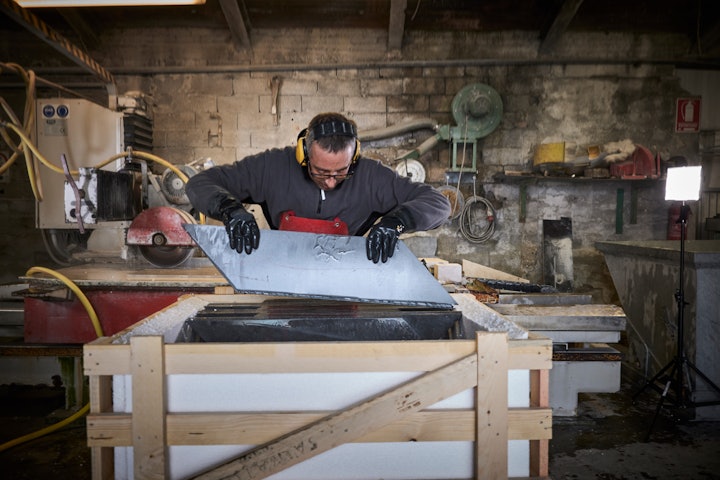
How to open crates or boxes of stone tiles
Crates or boxes are usually opened shortly before they are laid as all it takes is a quick glance to understand how Crema d’Orcia or Bianco Carrara can create gorgeous floors or how Pietra d’Avola brings elegance and character to walls. However, this is a crucial moment that should not be treated lightly.
Wherever possible, you should open up the packaging containing your tiles only when it is in situ, ie in the location the tiles will be laid. Ideally, you want to store them somewhere safe where they are unlikely to be accidently damaged by tradespeople or moving objects.
Once you have found a place for your boxes or crates on the worksite, close to where they will be installed but out of the way of other activity, you should then open them up.

